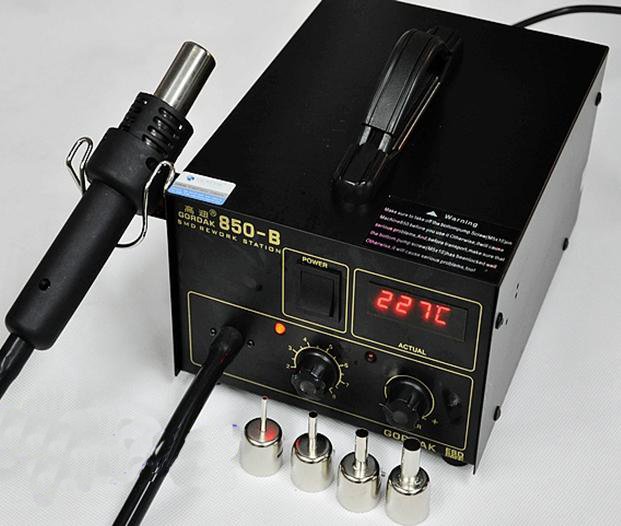Johanx2
Advanced Member level 4
I got a new project where I need a little heather to warm up a little space (3x3x2 feet). I have planned to use an Aluminum Housed Wirewound Resistor 50W 6.8 Ohm attached to a common cpu heatsink. I am looking the simplest way to control its temperature. What about using a 300w dimmer connected in serie with the power resistor and connected to 120V AC ? Will it work properly with AC current ? If it works, what value is better for the resistor ? is it ok at 6.8 ohm ? or what value is better ?
Sorry if my English sounds weird, :razz: its my second language. Thanks.
**broken link removed**
**broken link removed**
Sorry if my English sounds weird, :razz: its my second language. Thanks.
**broken link removed**
**broken link removed**



